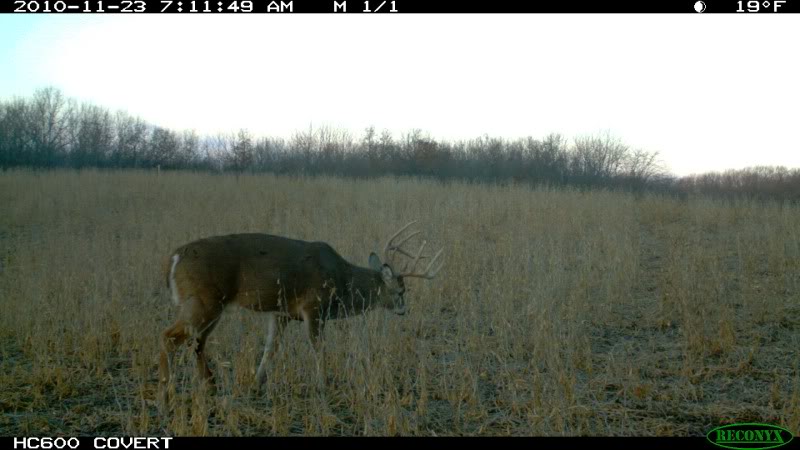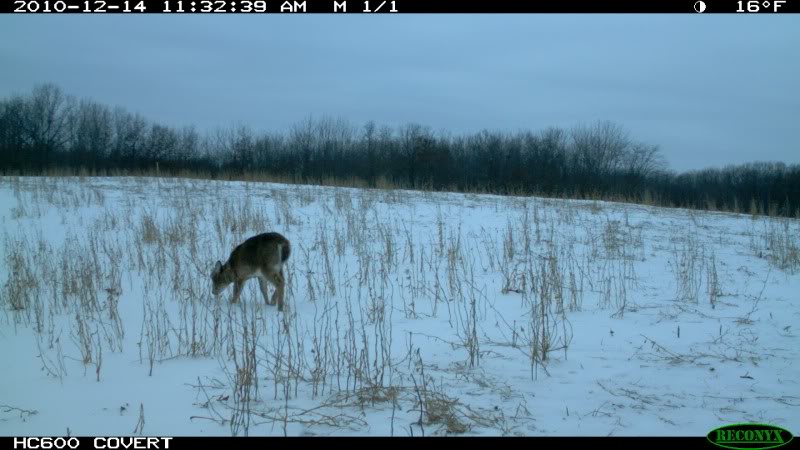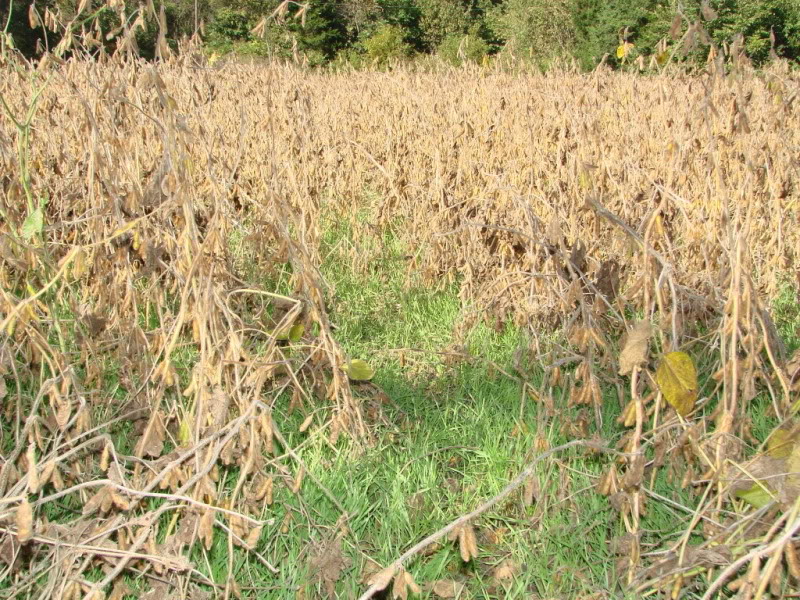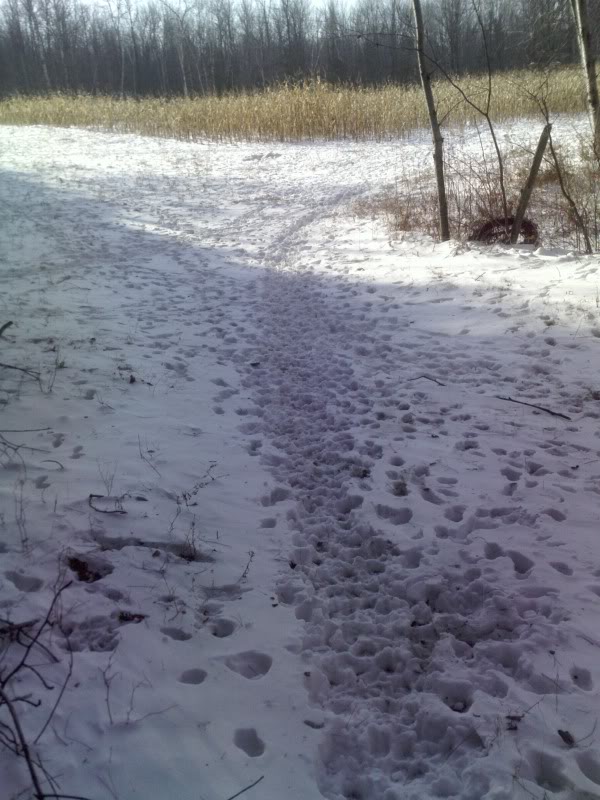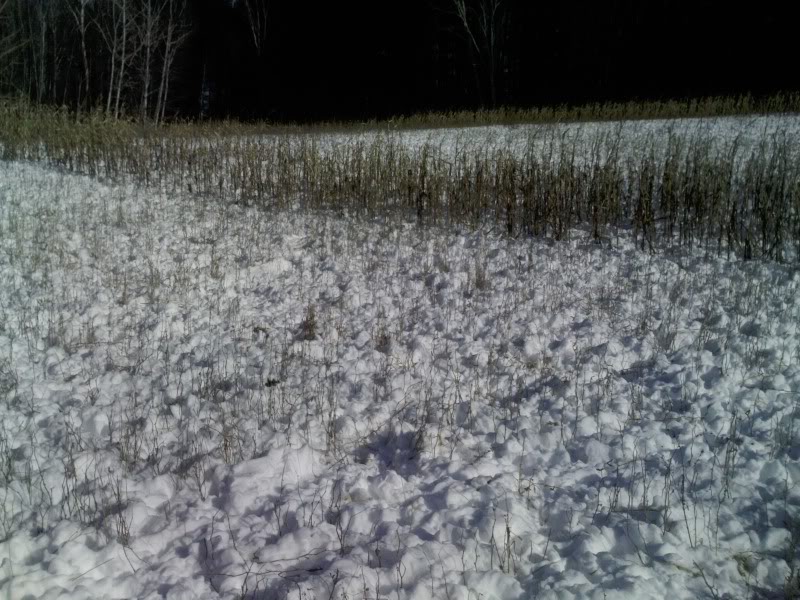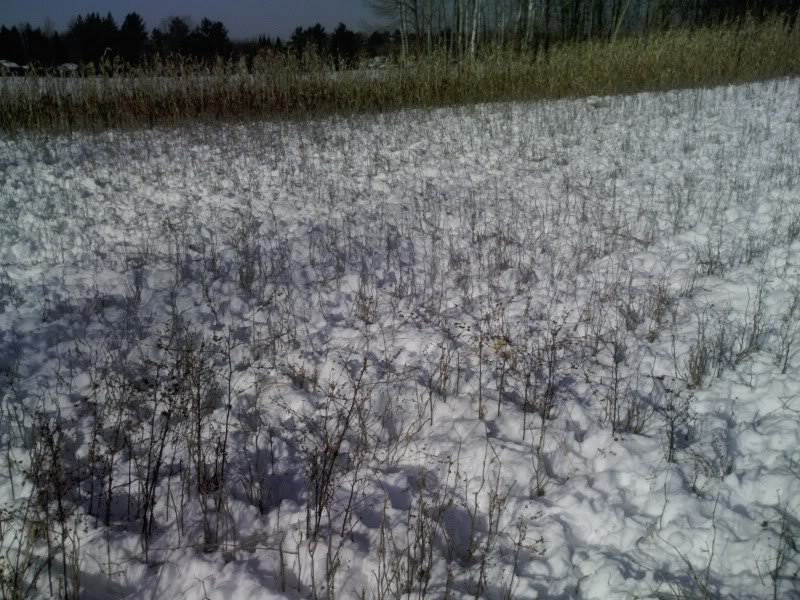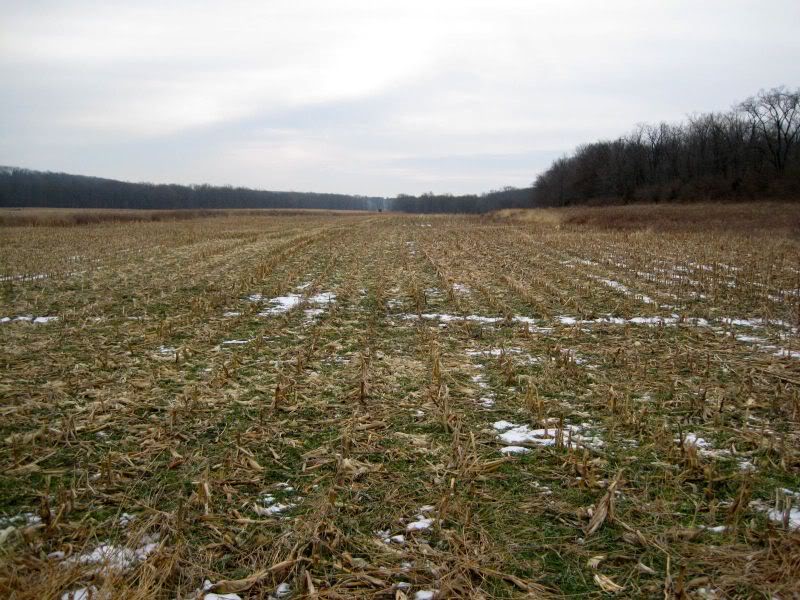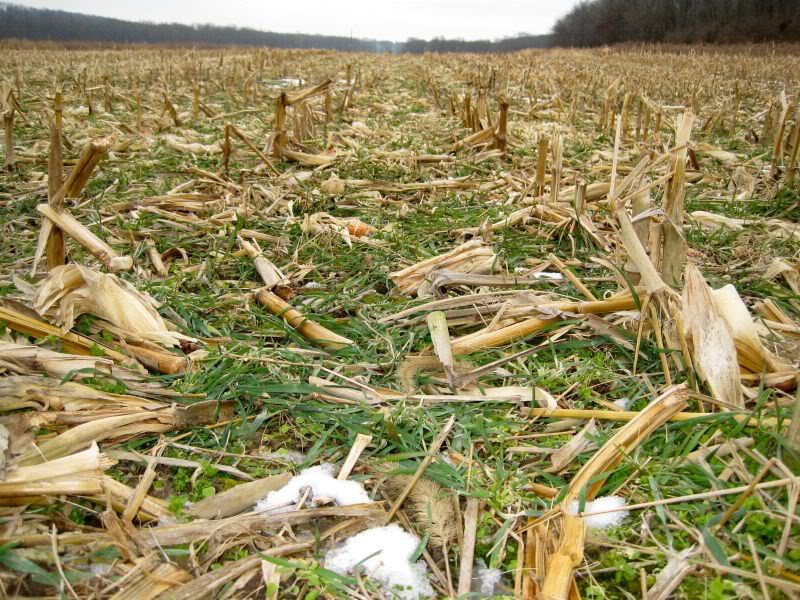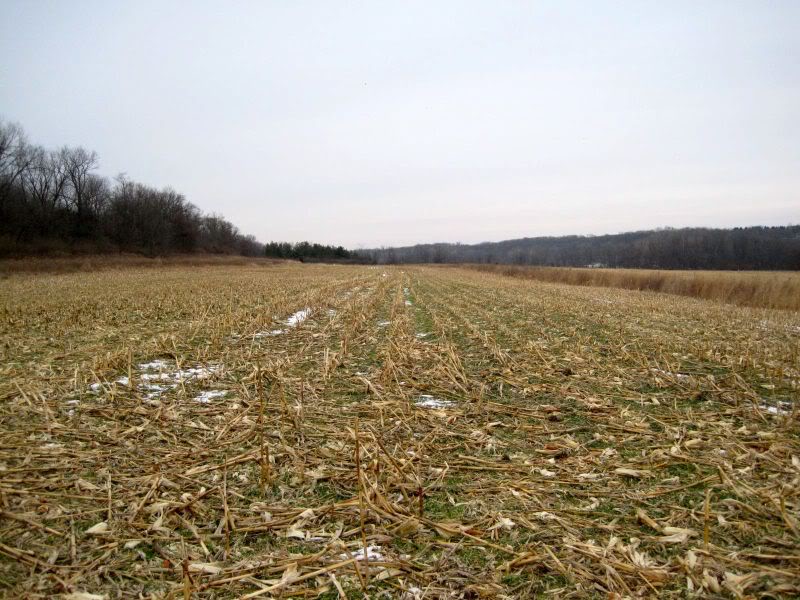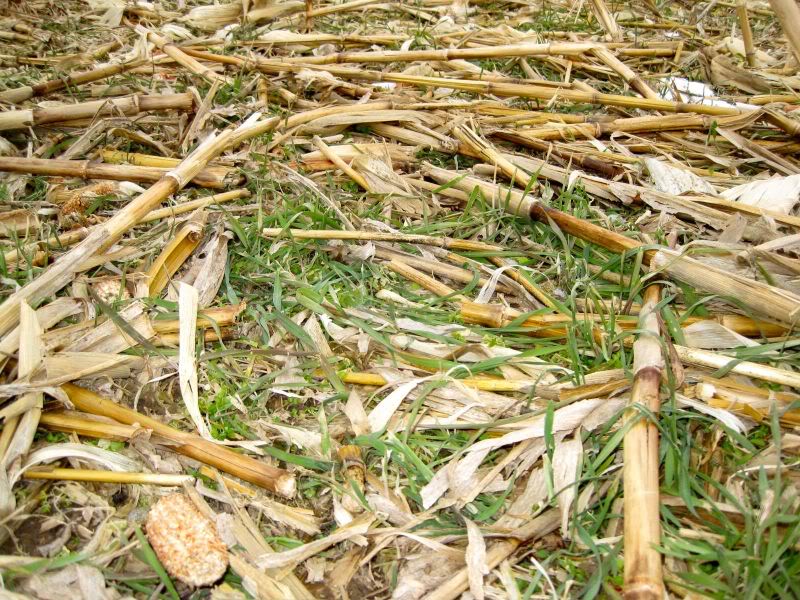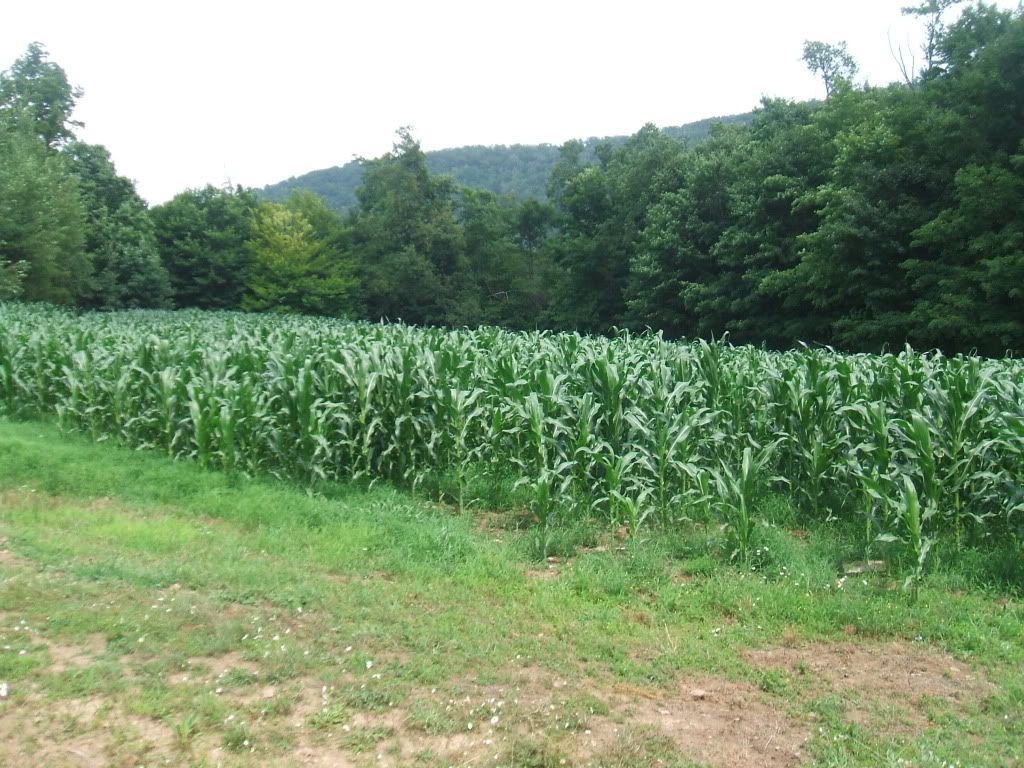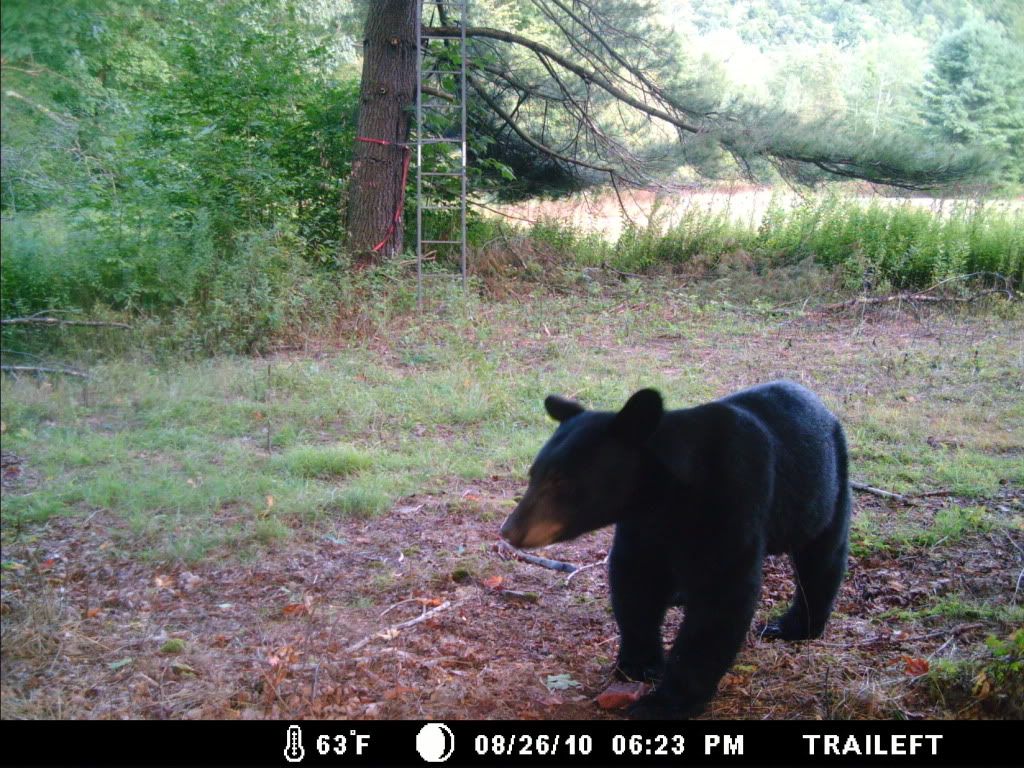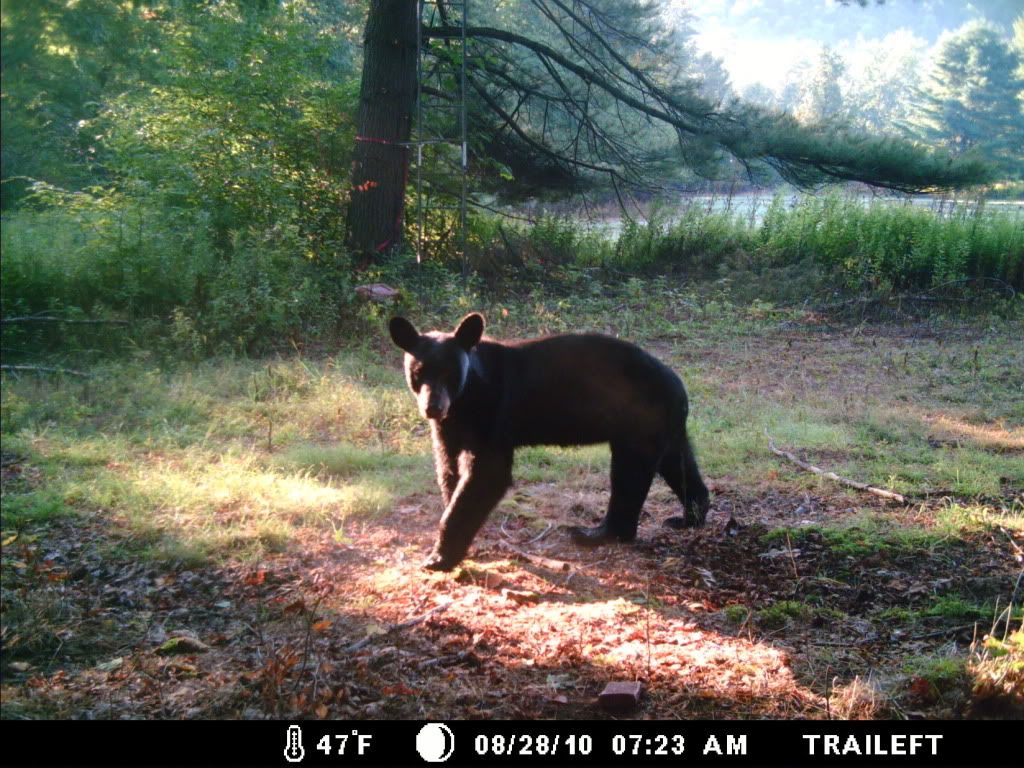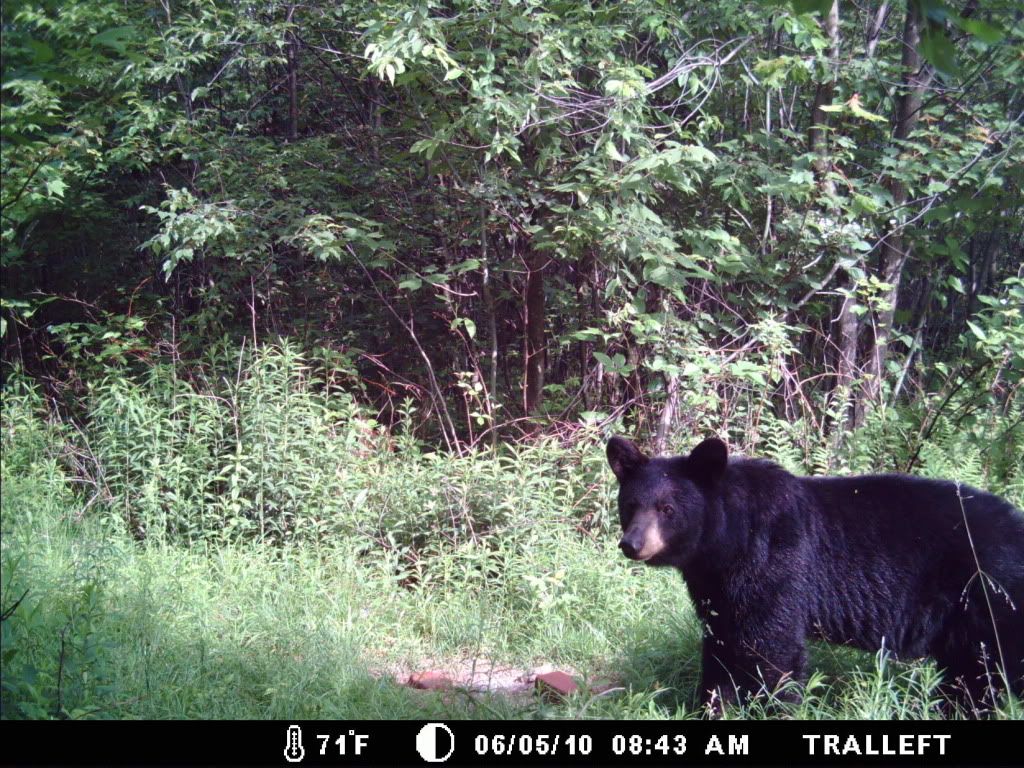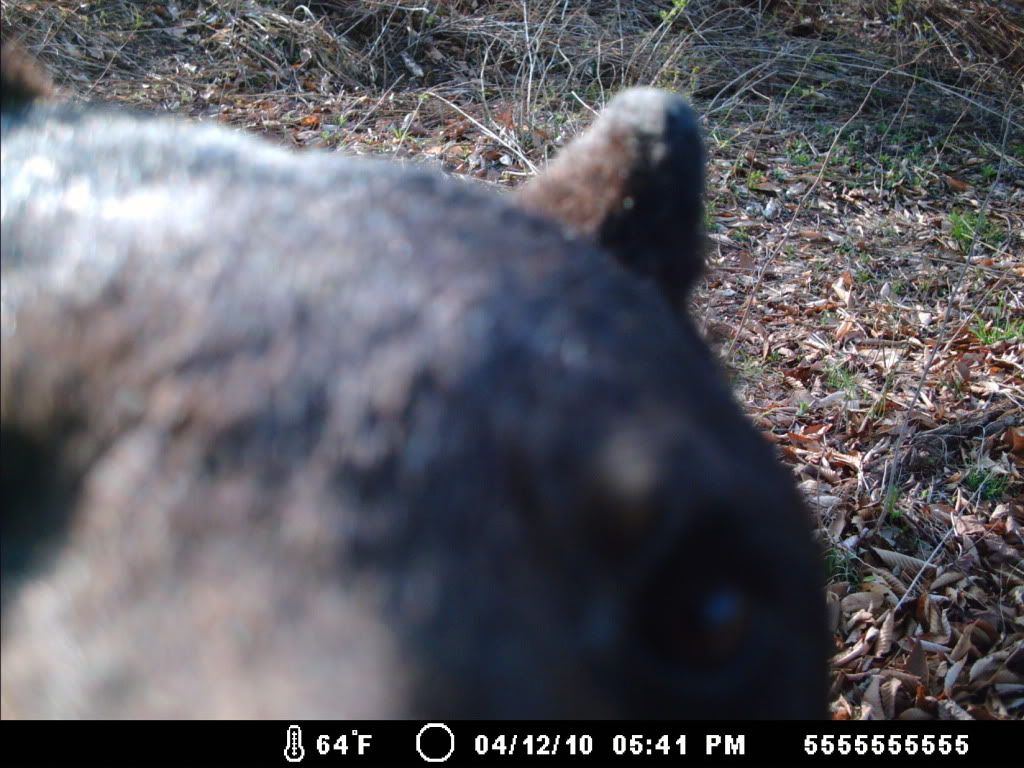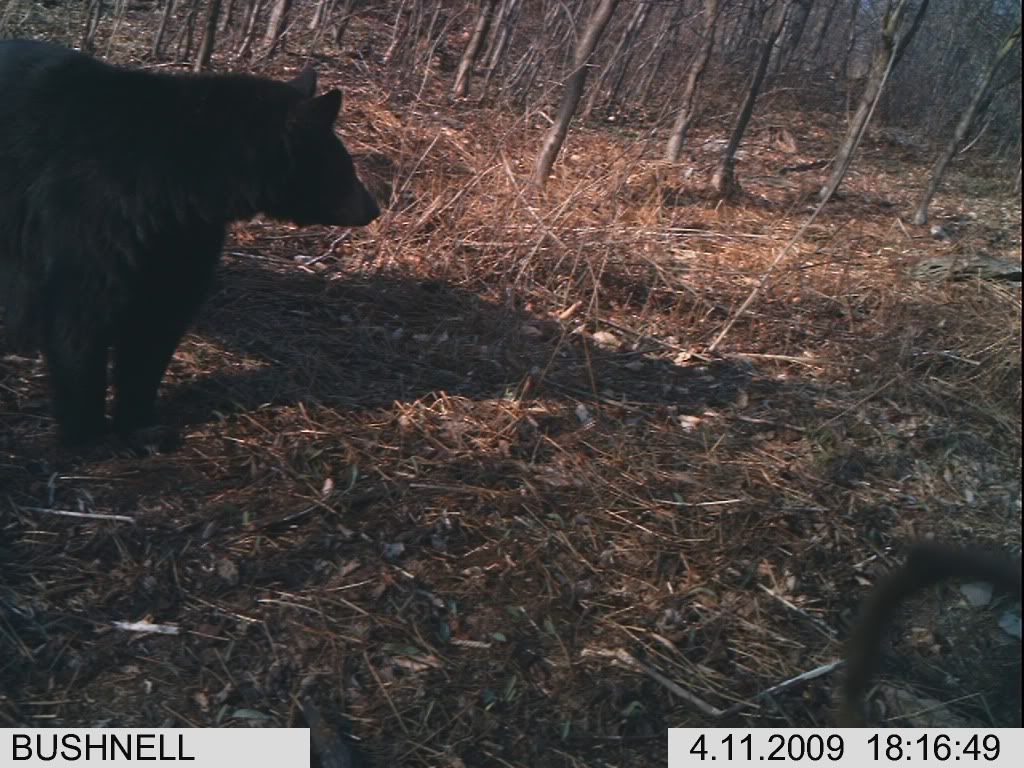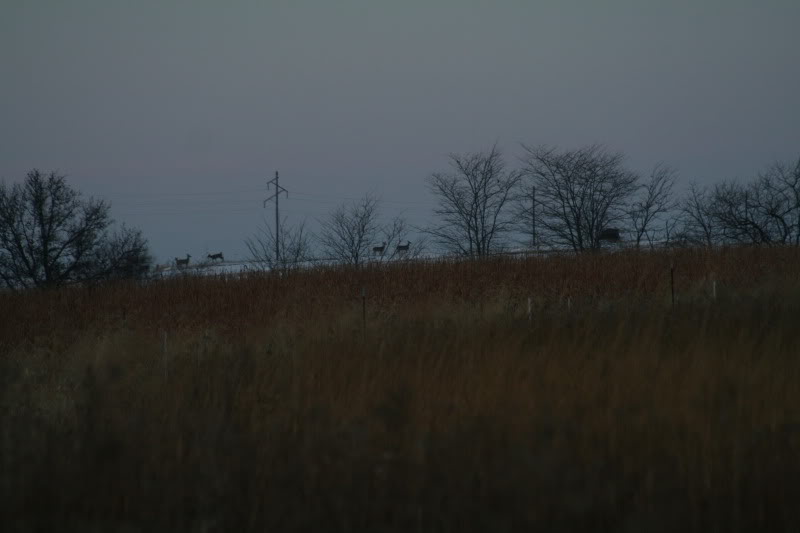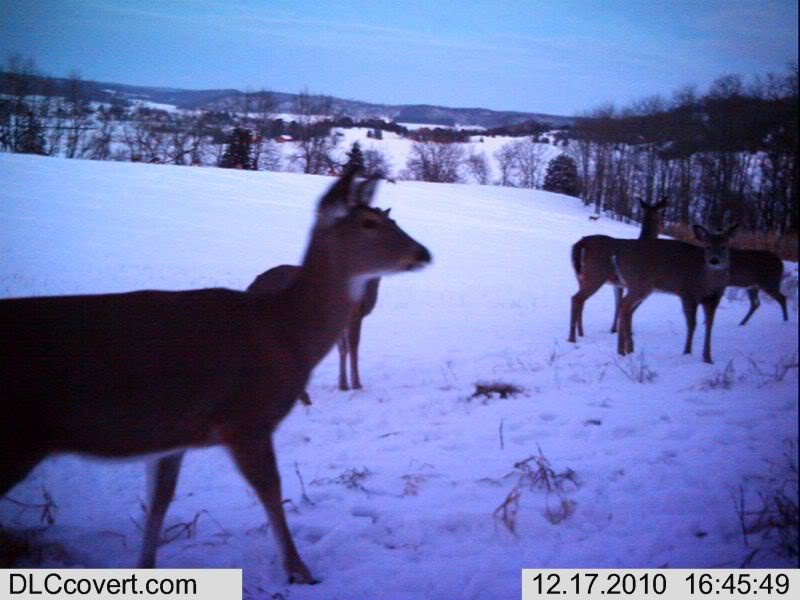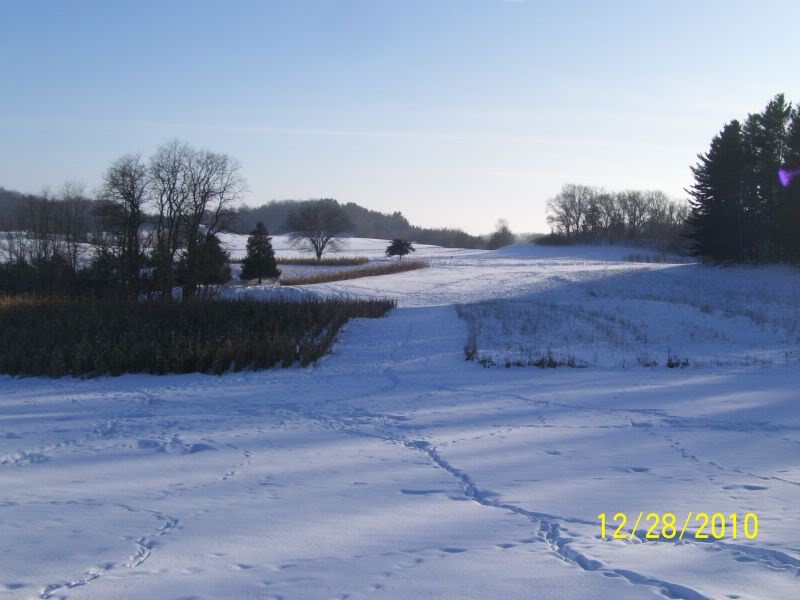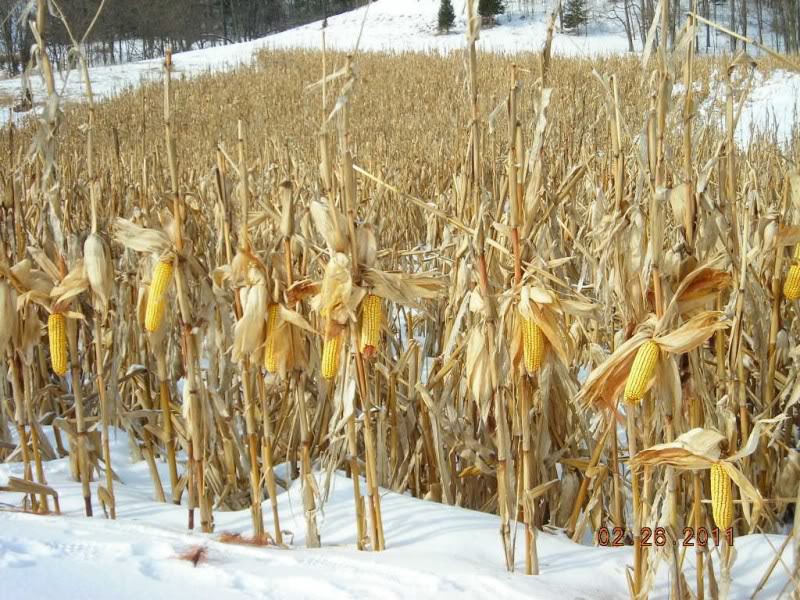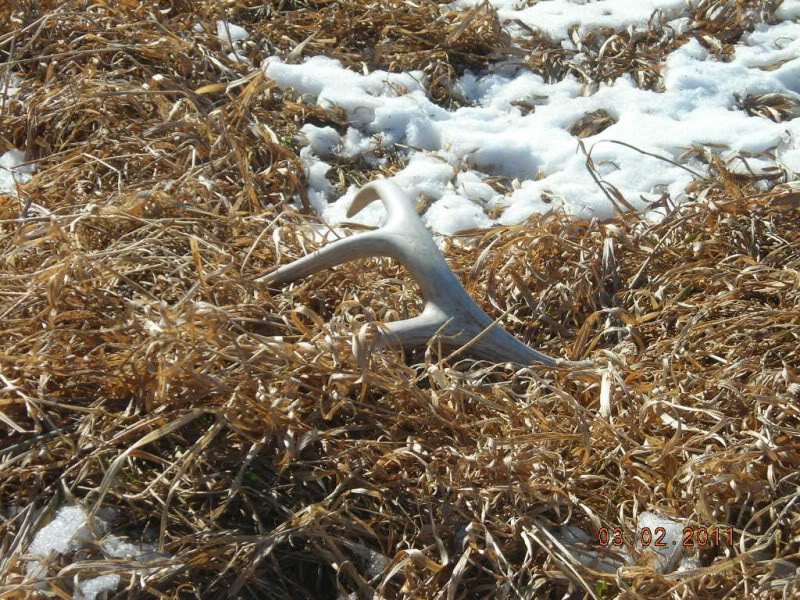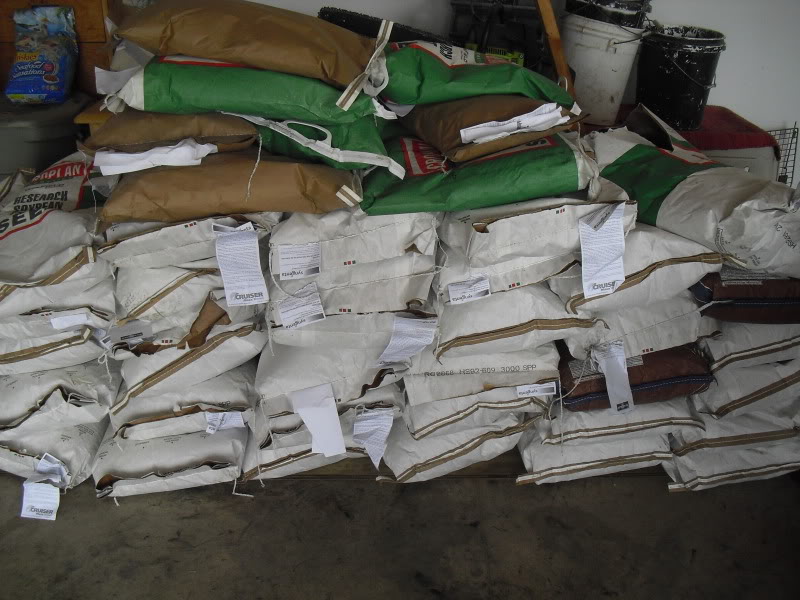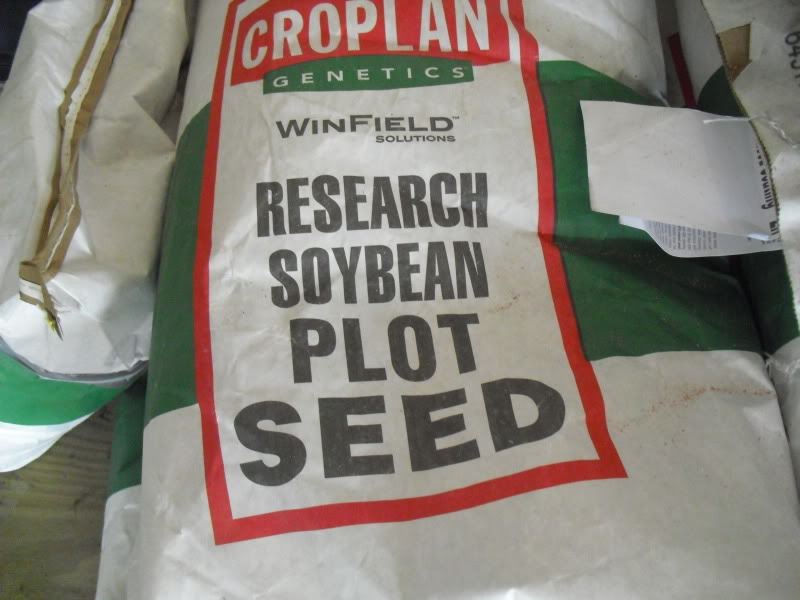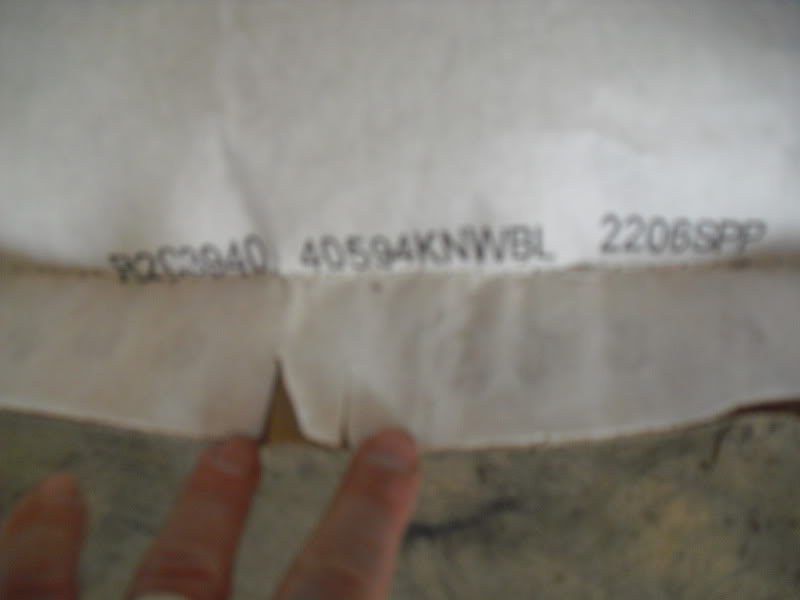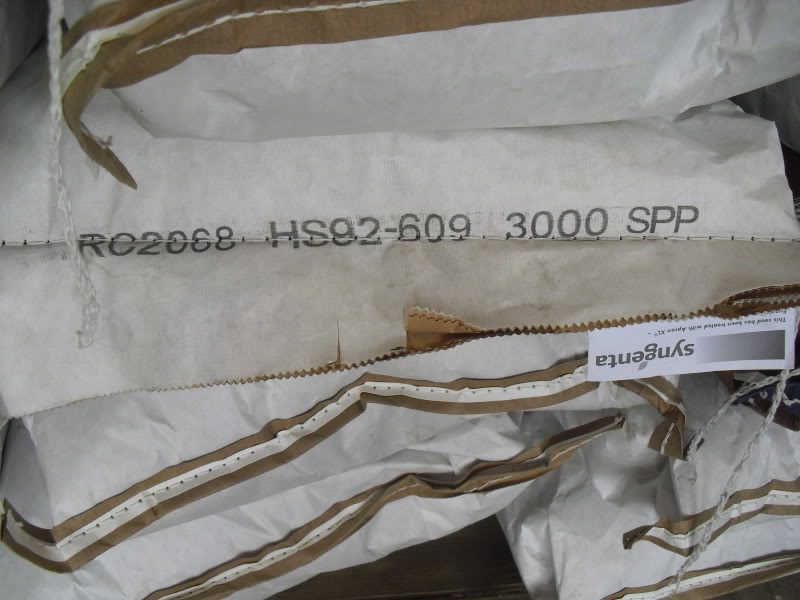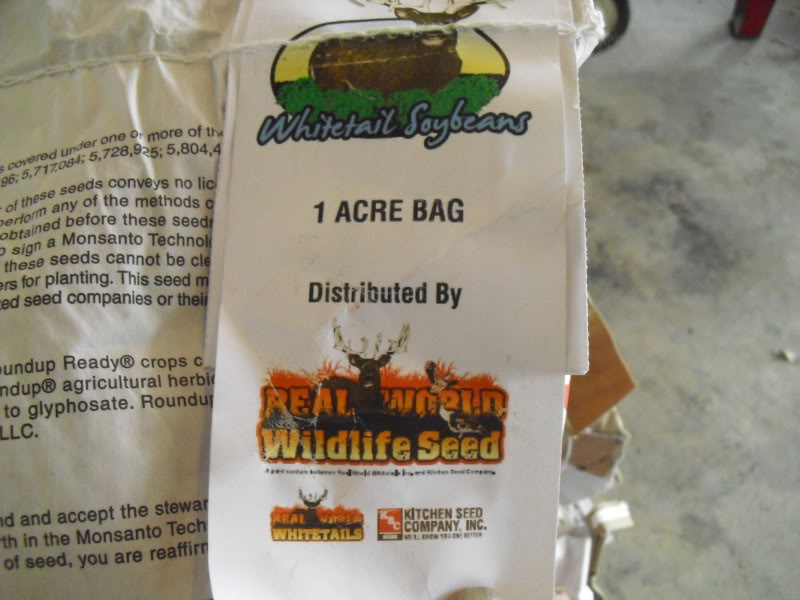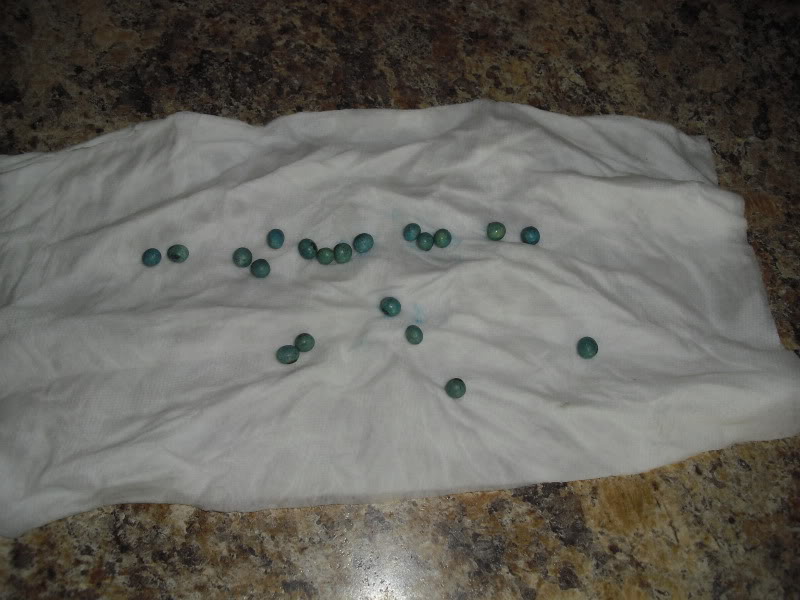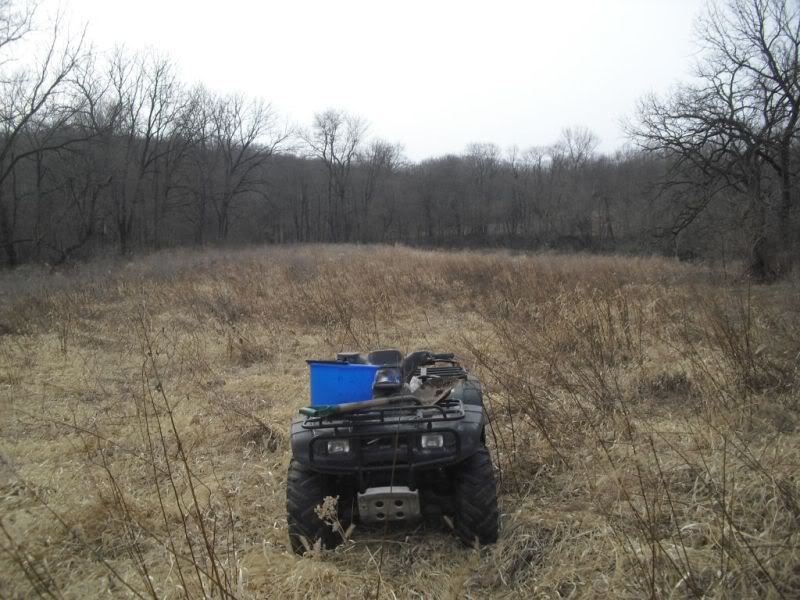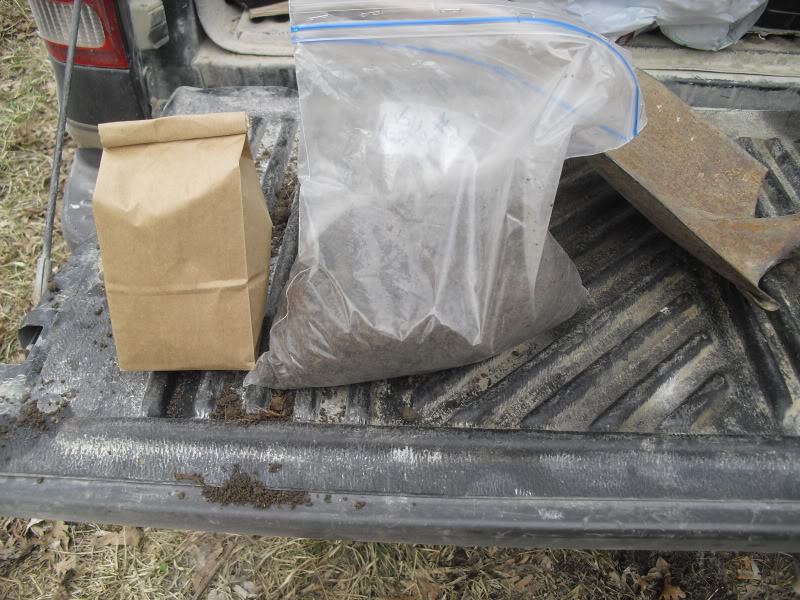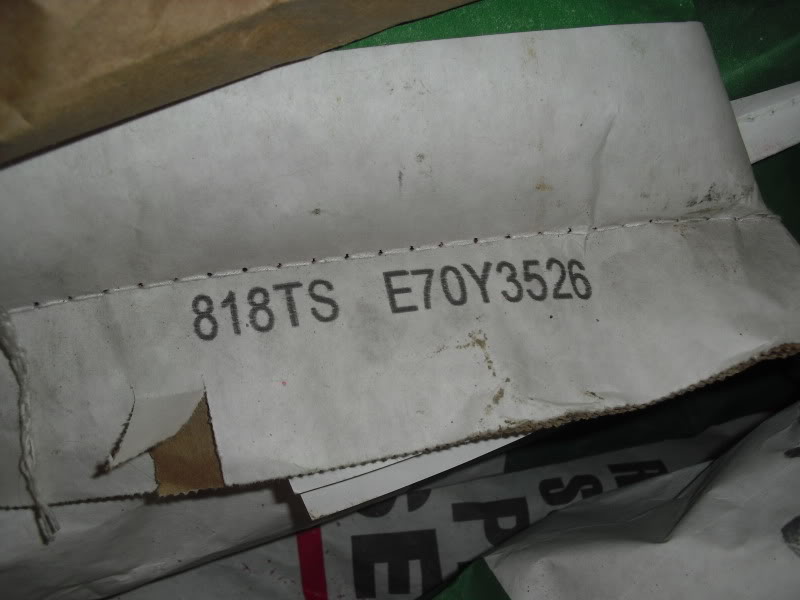When we first start out managing our property for whitetails we keep it simple, perhaps a clover plot to start with for instance. As we gain experience we (or at least we should) become more aggressive in maximizing the land and habitat that God has blessed us with.
One of the key ways we can do this is provide all the necessary ingredients required to hold whitetails on our properties year around rather then just trying to "lure" them back during hunting season. I would mention here that there are places of course where this is simply not possible, because in snow belt areas along the Great Lakes or areas with limited cover in the plains or upper Midwest states deer simply must migrate to survive. All we can do in those cases is to be certain we have food sources there from the day they return in the spring until snow forces them out in late fall.
The rest of us however can utilize a number of habitat options to keep deer on our property or at least using our property every day of the year. One of the worst mistakes any landowner can make is planting ONLY a hunting plot such as I have shared in the case of Lakosky's in the Cereal Grain thread.
There are multiple reasons for providing year around food sources:
1) To adapt whitetails to living on our property and traveling the same runways, using the same bedding areas rather then the neighbors.
2) Late season hunting...one of the greatest opportunities we have harvest a mature whitetail buck is in the late season when rut weary bucks are literally starving. Bitter cold winter weather forces them to find high energy food sources and makes them extremely vulnerable as they are more likely then ever to enter fields before dark.
3) Poaching...in my area this in an extremely serious problem because trophy class racks can bring thousands of dollars when they are sold to collectors.
This link is a case in point and only the tip of the iceberg:
Iowa Poachers face $100,000 in fines
What good is it then to screen and protect our property and then force hungry bucks to head for unprotected neighboring farms where they are sitting ducks to not only other hunters but professional poachers who make a living out of stealing our natural resources????
That brings us to soybeans...they cannot in and of themselves solve all the above problems but they can be an extremely useful tool in helping us work towards our goals of providing year around food sources. There is NO one crops species of variety that can do the trick, at least not in most of the upper Midwest and north so it's a combination of many crops and natural habitat improvements that are required.
With that in mind then I would add here that there are serious drawbacks to ONLY planting forage soybeans but significant advantages to planting both forage and grain varieties "separately" (Do not mix them). I get FREE RR ag soybeans through a cooperative effort of the Iowa NWTF, IDNR and seed companies and my budget does not allow me to purchase forage soybeans so I utilize white clover instead with the same results. Those that can afford them can of course incorporate them into their habitat program but this discussion is centered around grain soybeans that mature and dry down starting in late August and how we can maximize this great food source as a tool in our habitat puzzle.
A friend of mine leases his ag land out to a local farmer and has the farmer leave some crops standing. Excellent way of providing food sources at least part of the time and that's where the problem arises...it's only part of the time.
With his permission I would like to share a couple cam pics from the roughly 1.5 acres he had the farmer leave. These were 40 bushel soybeans and my friend saw many mature bucks feeding in these beans in November, unfortunately lacking a funnel area he was unable to connect.
He then made plans to hunt the late season knowing that these mature bucks were there and the beans would be impossible for them to turn down. This is what the spot looks like now however...barely a month later..
They have decimated the beans and there is NOTHING left to hold them there which brings us back to the problems mentioned previously. It would be foolish or naive to think that those mature bucks or the deer in general will not leave in search of other food sources which in turn makes them vulnerable to both other hunters, poachers, vehicles, dogs etc.
What good is it then to allow our immature bucks to walk and then have them killed on someone else's land because we only had a "hunting plot"?? How can we solve this problem? What things could he have done differently? (BTW...I'm not picking on my friend because I have done this exact same thing myself and learned from it the hard way...

)
This is ag land and not really a "food plot" so what to do?
On most any farm there are "odd areas" that cannot be farmed and in Iowa grassed waterways are only one example and timber edges, corners etc. can be utilized and make great places to plant white clover. Small patches of white clover can feed a tremendous amount of deer very inexpensively and require very little maintenance...a lite dose of Roundup in late may will keep them cleaned up and that's about it!
White clover however only insures that my friend would have early spring food sources (April/May) before crops begin to grow...again EXTREMELY important but only a piece of the puzzle.
The great thing about grain soybeans even in a farming situation such as my friends is that we can overseed them with winter rye and forage radish in late August. (This will NOT work with forage beans and just one of the serious drawbacks to using only forage beans) Over seeding rye and radishes is incredibly easy and inexpensive and easily done with a simple bag seeder, preferably just before a good late summer thunder boomer! The seeding should be done just as the beans are starting to yellow and this situation works perfectly! the beans of course are canopied (the leaves provide a cover or canopy shading the soil below) so the broadcasted seeds are protected from drying sun and wind. Soil moisture is more likely to remain adequate to insure that the seeds laying on the soil surface germinate and are able to send tiny roots down without drying out and dying.
The soybean leaves will take several weeks to turn, dry down and fall off and in takes the seeds 7-10 days depending on moisture to germinate so by the time the rye and radish is needing some sunshine....the leaves fall and they are off to the races!
By October then the rye and soybeans will look something like this...man...what a combination!!
In most cases where deer densities are high I would suggest following up with at least a 100#'s of urea per acre several weeks after the rye and radishes have sprouted. Spread the urea just before a minimum 1/2 " of rain to incorporate the nitrogen.
Eventually we end up with this fantastic combination of "grain and green" that will last far longer then the grain alone and be far more attractive then the green forage alone.
This is an idea what you can expect from the combination of beans and rye....and had my friend utilized this combination the deer, having adapted to feeding there would have continued to stay and feed on the rye.
Winter rye is the ultimate for overseeding into standing crops because it germinates and grows easily on almost any soil without being "planted" and rye provides the missing link required to hold our whitetails ALL winter into spring when once again the white clover can take over from there.
In ag situations the rye can be easily killed with roundup in the spring or tilled under depending on the farmer involved so it's not a problem for the crops to follow but does have the added benefit of helping to hold the soil as a cover crop through the winter and early spring.
I would also remind each of you that planted food sources are not the entire answer and only part of the habitat pie so it's essential that we provide copious amounts of natural browse and cover along with the crops. Whitetails MUST have browse and I cannot stress the importance of providing an ample supply of natural forage enough...do NOT over look it!
My friend is in the planning stages of major TSI projects that will turn his wide open timber into safe secure sanctuaries full of succulent browse and funnels that will allow him to kill those big whitetails traveling to his food sources.
Look over this thread for more ideas on this subject:
Hinging for bedding, bottlenecks and browse
Another overlooked habitat improvement is planting shrubby browse species such as dogwoods and Big Rock Trees offers cuttings that are amazingly easy to plant.
Big Rock Trees
Shrubs provide both cover and browse and can be used to help funnel deer too boot!
Change the way you think, get away from "hunting season" plantings if you really want to have the edge and maximize the use of your property. Provide year around food and cover and waste not a single square inch of your land in doing so! Some of you may find forage soybeans a useful tool and if you include them, plant them separately perhaps around the outer edges of the grain soybean planting. They will remain green and canopied until frost kills them which has obvious benefits from a grazing standpoint but makes it impossible to over seed rye into them. Look over all the options and combination, and then decide what might work best for you to achieve our goals of holding whitetails on our property year around.... :way:

















